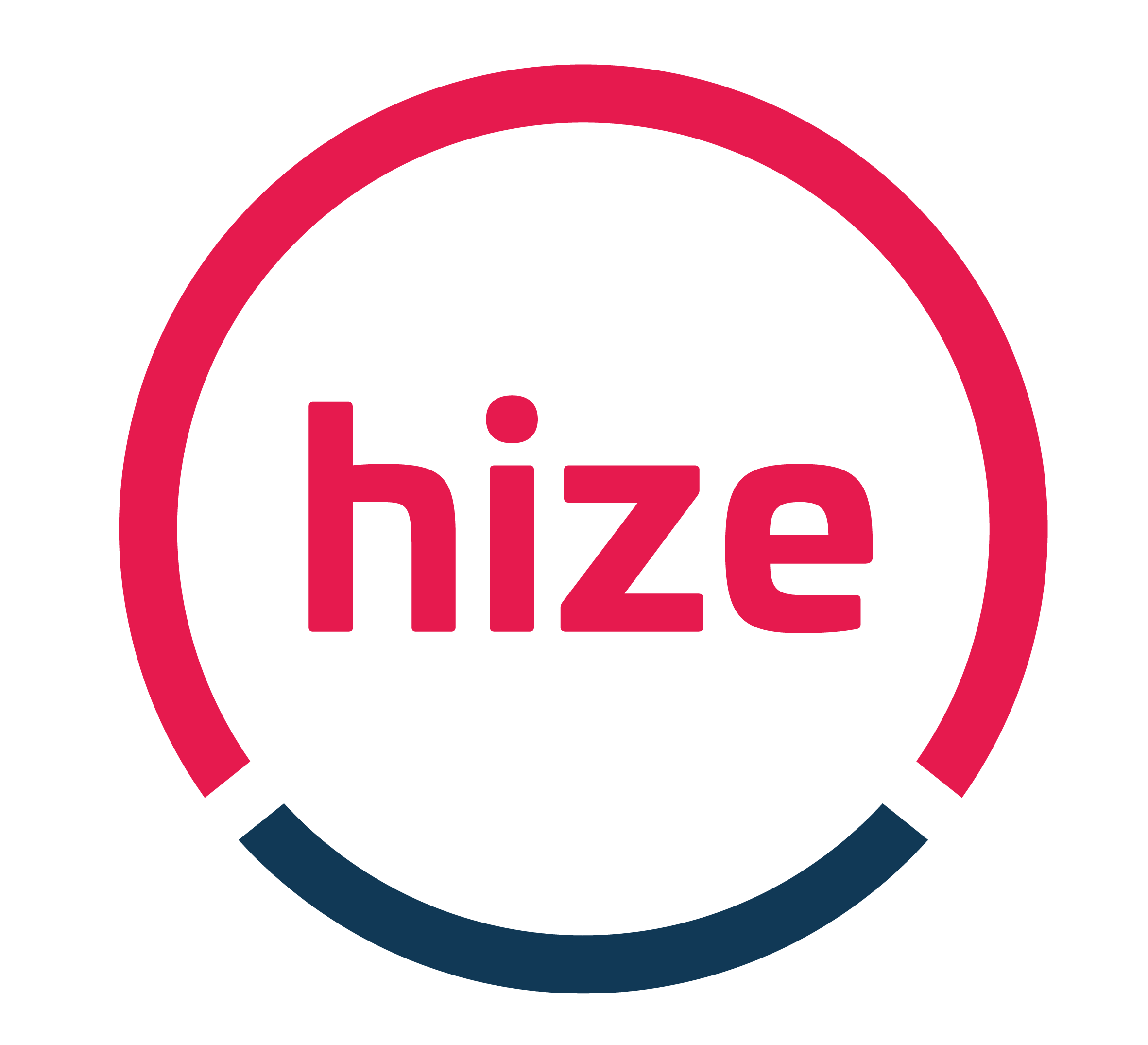If you are a director of a limited company, the way you take money out of the business can have important tax and reporting consequences. One area that often causes confusion — and HMRC scrutiny — is the Director’s Loan Account (DLA).
As the end of the financial year approaches, it is crucial to review your DLA to avoid unnecessary tax charges and ensure your company remains compliant. Here is what you need to know.
What is a Director’s Loan Account?
A Director’s Loan Account records money taken out of or put into the company by a director, outside of salary, dividends, or expenses. It can include:
- Personal expenses paid by the company
- Loans to or from the company
- Repayment of previously loaned funds
If you take more money out than you have put in — and it is not repaid — the account becomes overdrawn.
Why Does It Matter at Year-End?
HMRC keeps a close eye on overdrawn DLAs. If your account is overdrawn at the company’s year-end and is not repaid within nine months, the company may face a 33.75% temporary Corporation Tax charge (known as Section 455 tax).
This tax is repayable when the loan is repaid, but it ties up company cash and adds admin — which can easily be avoided with early planning.
Other Tax Implications
If your loan exceeds £10,000 at any point and you do not pay interest at the HMRC-approved rate, it may count as a benefit in kind, meaning:
- You will owe extra tax through your Self Assessment
- The company must pay Class 1A National Insurance
It is not just about the numbers — how and when you take the loan can affect how it is treated for tax.
How to Stay on the Right Side of HMRC
Here are some year-end tips to manage your DLA properly:
- Review your DLA now: Know your balance well before your company year-end
- Repay overdrawn balances in time: Ideally within nine months after the year-end
- Avoid frequent round-tripping: Re-paying a loan just to draw it again shortly after can be challenged by HMRC
- Charge interest if needed: To avoid benefit-in-kind issues, apply HMRC’s official interest rate if the loan is over £10,000
- Keep good records: Document all transactions clearly, including repayments and loans
When to Take Advice
If your DLA is overdrawn, or you are unsure how to handle it correctly, speak to your accountant early — not just at year-end. Proper planning can save tax, reduce risk, and avoid red flags with HMRC.
At HIZE, we help directors manage their loan accounts with clear advice and practical solutions tailored to your business.
Need help reviewing your Director’s Loan Account before year-end?
Contact us for a no-obligation chat.
